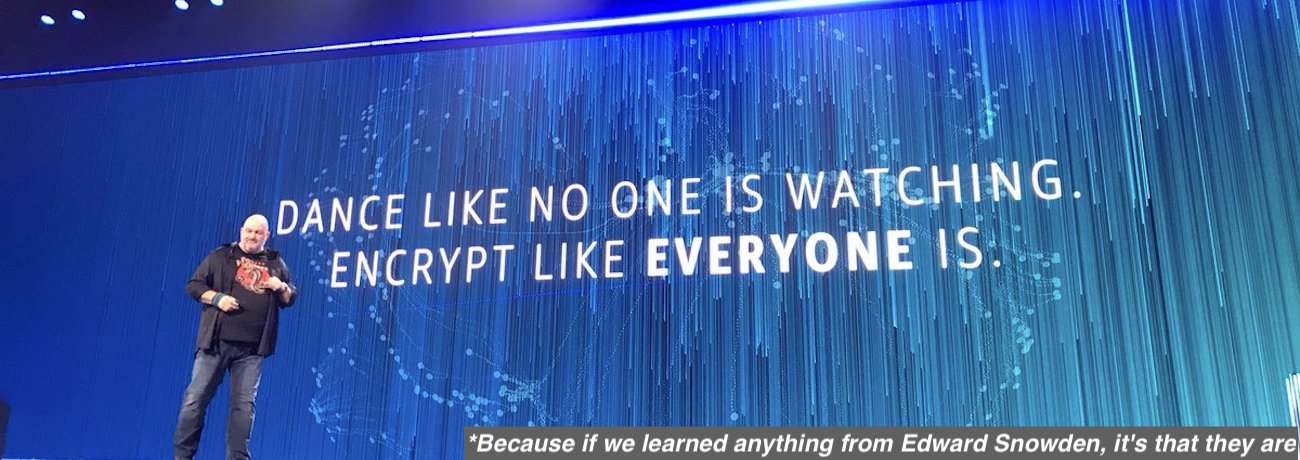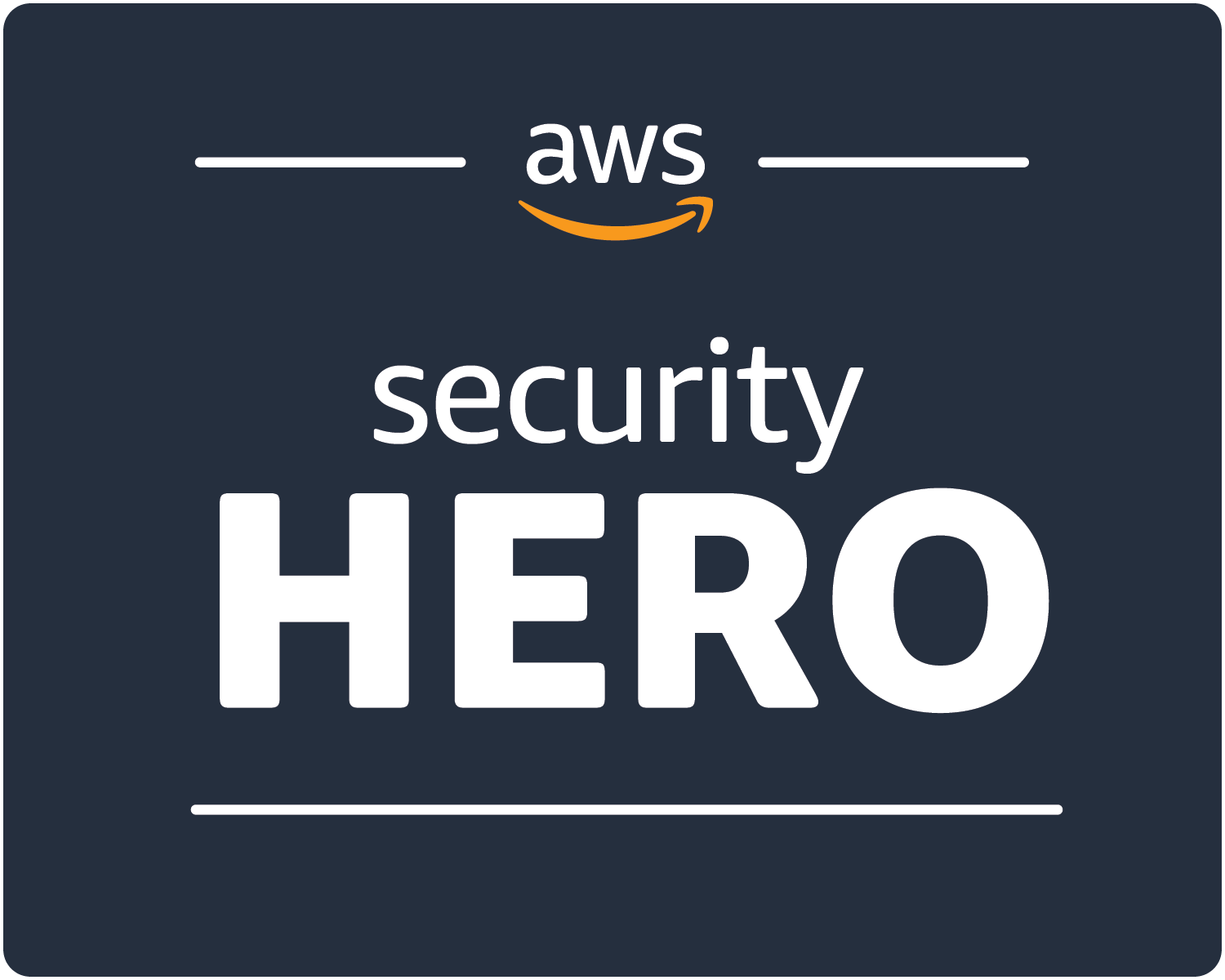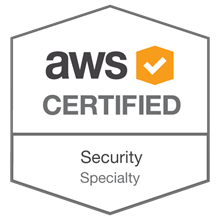(With apologies for the click-bait headline. It seems to be what all the cool kids are doing when they’re not on TikTok)
(2024 update: Daniel Grzelak has penned an excellent write up of how S3 encryption works, and demonstrated that S3 encryption is nothing more than an additional layer of access control. Check out S3 Bucket Encryption Doesn’t Work The Way You Think It Works)
I have spent way too much of my life the last three years in the cloud compliance and cloud security posture monitoring space.













